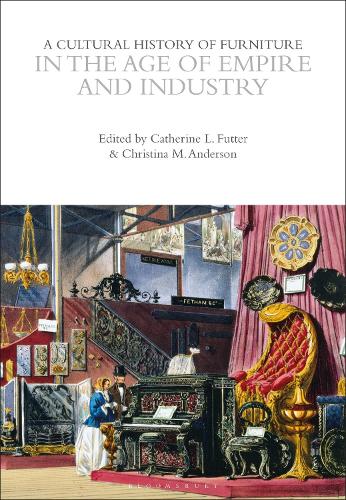
A Cultural History of Furniture in the Age of Empire and Industry
Publishing Details
A Cultural History of Furniture in the Age of Empire and Industry
By (Author) Dr Catherine L. Futter
Edited by Christina M. Anderson
Bloomsbury Publishing PLC
Bloomsbury Academic
8th January 2026
United Kingdom
Classifications
Tertiary Education
Non Fiction
Furniture design
Physical Properties
336
Width 169mm, Height 244mm
Description
The 19th century in Western culture was a time of both confidence and turbulence. Industrial development produced a growing middle class as well as efficiency, convenience, and innovation across a range of fields from engineering to architecture. Alongside these improvements, the century began with the extended period of the Napoleonic Wars and was further disrupted by rebellions and revolutions both within Europe and in India, South America and other parts of the world. Slavery was abolished and urbanization increased dramatically.
These myriad developments were reflected throughout the period in the proliferation of types of furniture, along with their categorization as 'industrial art' at the international exhibitions and world fairs and the increasingly adventurous range of materials that were sometimes used in their construction. Nonetheless, a strong antiquarian/historicist strand also prompted interest in the revival of past styles in areas of art and design, including furniture.
Drawing upon a wealth of visual and textual sources, this volume of A Cultural History of Furniture presents essays that examine key characteristics of the furniture of the period on the themes of design and motifs; makers, making, and materials; types and uses; the domestic setting; the public setting; exhibition and display; furniture and architecture; visual representations; and verbal representations.
Author Bio
Catherine L. Futter is Director of Curatorial Affairs and Senior Curator of Decorative Arts, Brooklyn Museum, USA.
Christina M. Anderson is Principal Research Fellow, SELCS-CMII, University College London, UK.
